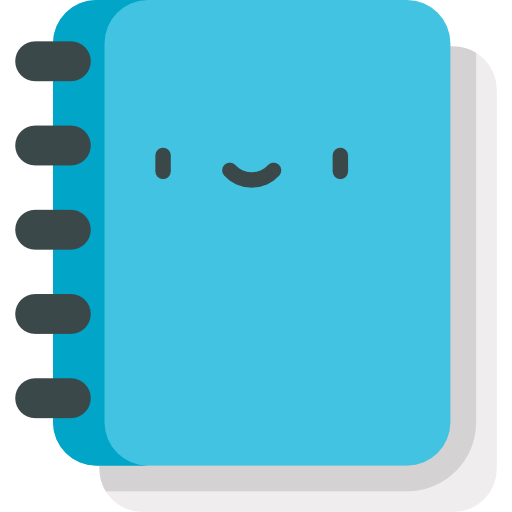Revision Difference
ui-razor-templates#563203
<cat>UI.Razor</cat>⤶
<title>Templates</title>⤶
⤶
# Templates⤶
⤶
Templates allow you to define some content to show inside another razor file. This makes it easy to make components more agile and reusable.⤶
⤶
Here's a simple example, here's `InfoCard.razor`⤶
⤶
```html⤶
<root>⤶
⤶
<div class="header">@Header</div>⤶
<div class="body">@Body</div>⤶
<div class="footer">@Footer</div>⤶
⤶
</root>⤶
⤶
@code⤶
{⤶
public RenderFragment Header { get; set; }⤶
public RenderFragment Body { get; set; }⤶
public RenderFragment Footer { get; set; }⤶
}⤶
```⤶
⤶
Then you can use this in other components like this⤶
⤶
```html⤶
⤶
<root>⤶
⤶
<InfoCard>⤶
<Header>My Card</Header>⤶
<Body>⤶
<div class="title">This is my card</div>⤶
</Body>⤶
<Footer>⤶
<div class="button" onclick="@CloseCard">Close Card</div>⤶
</Footer>⤶
⤶
</InfoCard>⤶
⤶
</root>⤶
⤶
@code ⤶
{⤶
⤶
void CloseCard()⤶
{⤶
Delete();⤶
}⤶
}⤶
⤶
```⤶
⤶
As you can see, we're defining the insides of the InfoCard panel. We can even add events and functions that add interactions from the parent panel.⤶
⤶
# With Arguments⤶
⤶
RenderFragment<T> is used to define a fragment that takes an argument. ⤶
⤶
Here's how it works, here's `EntityList.razor`⤶
⤶
```⤶
@using Sandbox;⤶
⤶
<root>⤶
⤶
@foreach ( var entity in EntityList.Take( 10 ) )⤶
{⤶
<div class="row">⤶
@EntityRow( entity )⤶
</div>⤶
}⤶
⤶
</root>⤶
⤶
@code⤶
{⤶
public List<Entity> EntityList { get; set; }⤶
public RenderFragment<Entity> EntityRow { get; set; }⤶
}⤶
⤶
```⤶
⤶
As you can see we're now defining `EntityRow` that takes an argument. To call it we just call it like a function, with the entity argument.⤶
⤶
Now to use `EntityList` we do this⤶
⤶
```⤶
@using Sandbox;⤶
⤶
<root>⤶
⤶
<EntityList EntityList="@MyEntityList">⤶
⤶
<EntityRow Context>⤶
⤶
@if (context is not Entity entity)⤶
return;⤶
⤶
<div class="row">@entity.Name</div>⤶
<div class="row">@entity.Health</div>⤶
⤶
</EntityRow>⤶
⤶
</EntityList>⤶
⤶
</root>⤶
⤶
@code ⤶
{⤶
List<Entity> MyEntityList;⤶
}⤶
```⤶
⤶
In the EntityRow we add the special attribute `Context`, which tells our code generator that this is going to need a special `object context`.⤶
⤶
Then in the fragment, we can convert this `object` into our target type. Then you're free to use it as you wish.⤶
⤶
# Elements inside components⤶
⤶
All panels have a render fragment called ChildContent, so you can add elements inside of any component without adding your own.⤶
⤶
```html⤶
<InfoCard>⤶
<ChildContent>⤶
<label>something inside of InfoCard</label>⤶
</ChildContent>⤶
</InfoCard>⤶
```
 Garry's Mod
Garry's Mod
 Rust
Rust
 Steamworks
Steamworks
 Wiki Help
Wiki Help
 S&box
S&box